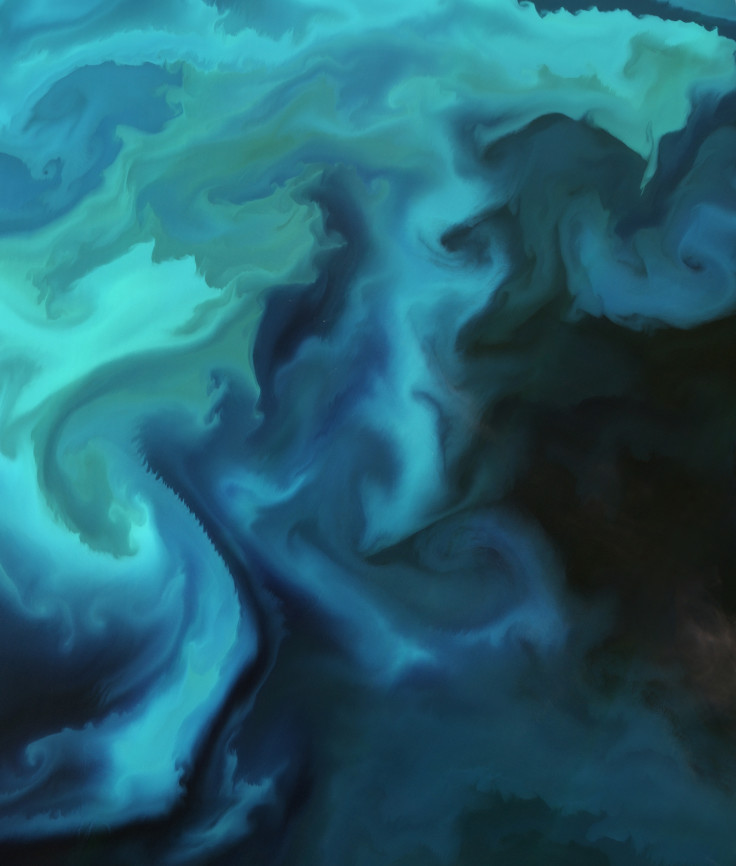Incredible image shows plankton bloom in the Barents Sea as seen from space
Bloom that took place in June was captured with the Sentinel-2A satellite.
An image showing a plankton bloom in the Barents Sea seen from space has been released by the European Space Agency. The natural-colour image has been likened to a watercolour painting and is a fairly rare sight – the Barents Sea is covered by cloud for roughly 80% of the summer months.
Plankton blooms can span hundreds, if not thousands, of kilometres. They occur in the North Atlantic and Arctic Oceans every year, with the Barents Sea having two major bloom seasons annually.
Plankton are microscopic marine plants that are sometimes referred to as the grass of the sea, as they serve as the basic food on which all other ocean life relies upon. They drift on the surface of the sea and contain photosynthetic chlorophyll pigments, converting inorganic compounds such as nitrogen and carbon into complex organic material.
Because they can digest such compounds, they remove carbon dioxide from the atmosphere, so have a major impact on the climate, making monitoring them very important.

A bloom takes place when there is a rapid increase in a population of plankton – so much so colour of the water changes. "Although some types of plankton are individually microscopic, the chlorophyll they use for photosynthesis collectively tints the colour of the surrounding ocean waters, providing a means of detecting these tiny organisms from space with dedicated sensors," the ESA said.
While blooms are a natural phenomenon, their occurrence has increased dramatically in recent decades. This is of concern as if populations surge out of control, they can starve the water of oxygen, suffocating fish living there.
© Copyright IBTimes 2025. All rights reserved.






















